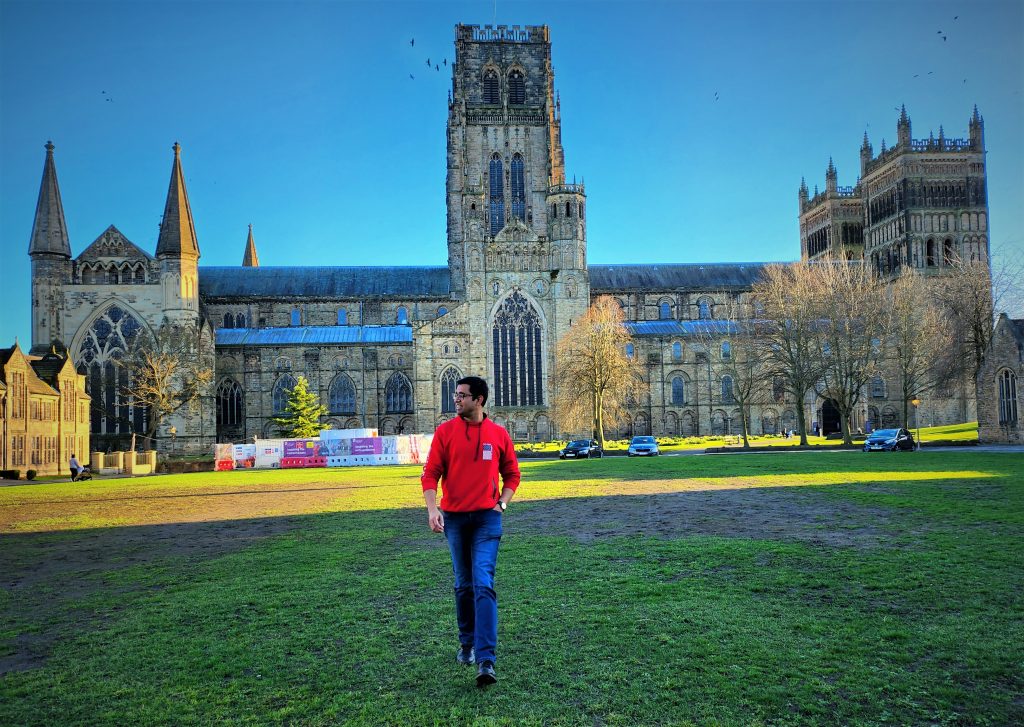
The crystallization experiments have successfully arrived on board the International Space Station We have recently reported that the researchers of the Centre for Structural Science of HUN-REN RCNS developed a method to grow single crystals of organic compounds in microgravity and sent two compounds for crystallization on board the International Space Station by the invitation of the Space Application Services with the guidance of Japan Manned Space Systems. The samples have arrived with the Kirara#6 mission flown by SpaceX-32 in Read More …









